Category: Provence
This episode features our frequent and very popular guest Elyse Rivin. If you enjoy her episodes, please consider supporting her on Patreon.
Today on Join Us in France we take you to the beautiful port city of Marseille in France. You may see an "s" at the end of Marseille in English, but not in French. Being French and stubborn, I will not add the "s"!
The Oldest City in France and One of the Bigger Ones Too!
Marseille is the oldest city in France and we're here to tell you that it doesn't deserve the bad reputation going around the internet. It is a place for lovely weather, great beaches, interesting museums, lots of ports and chances to get on the water, great food--can you say Bouillabaisse?!--great churches to visit and it's a very popular cruise ship stop too! If you've never visited you need to get down there, you will not regret it!
Marseille Episode Highlights
- In the movies
- France tourism news
- A brief history
- The Black Pleague
- Why is the French national anthem called "La Marseillaise"?
- Influxes of population
- The City during WWII
- Do you know about the Pieds-Noirs?
- The French melting-pot
- Must-Sees in Marseille
- Notre-Dame-de-la-Garde
- La Cité Radieuse by architect Le Corbusier
- Local Food Specialty: la Bouillabaisse
- Cruise stop
- Some things you need to know about taking the bus in France
- Conclusion
Learn More: Provence
FOLLOW US ON:
Subscribe to the Podcast
Apple YouTube Spotify RSSSupport the Show
Tip Your Guides Extras Patreon Audio ToursIf you enjoyed this episode, you should also listen to related episode(s):
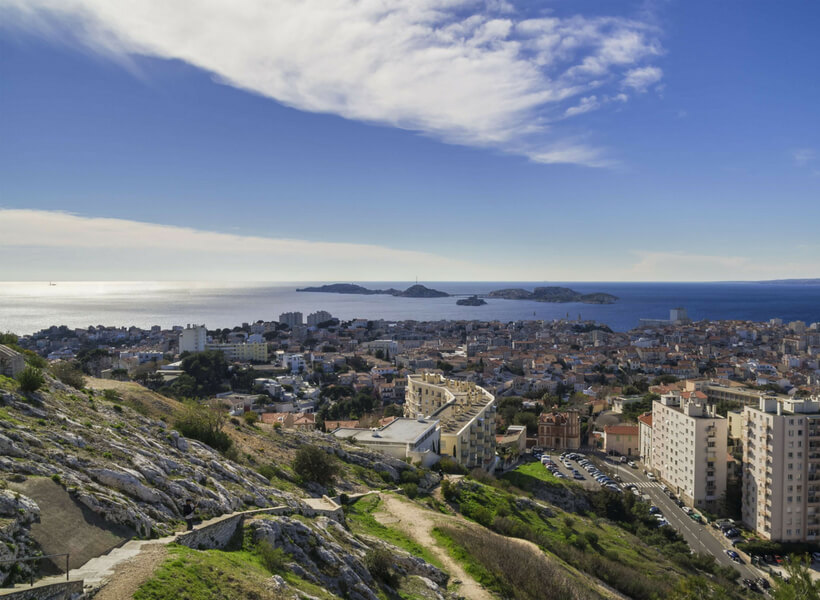
Category: Provence
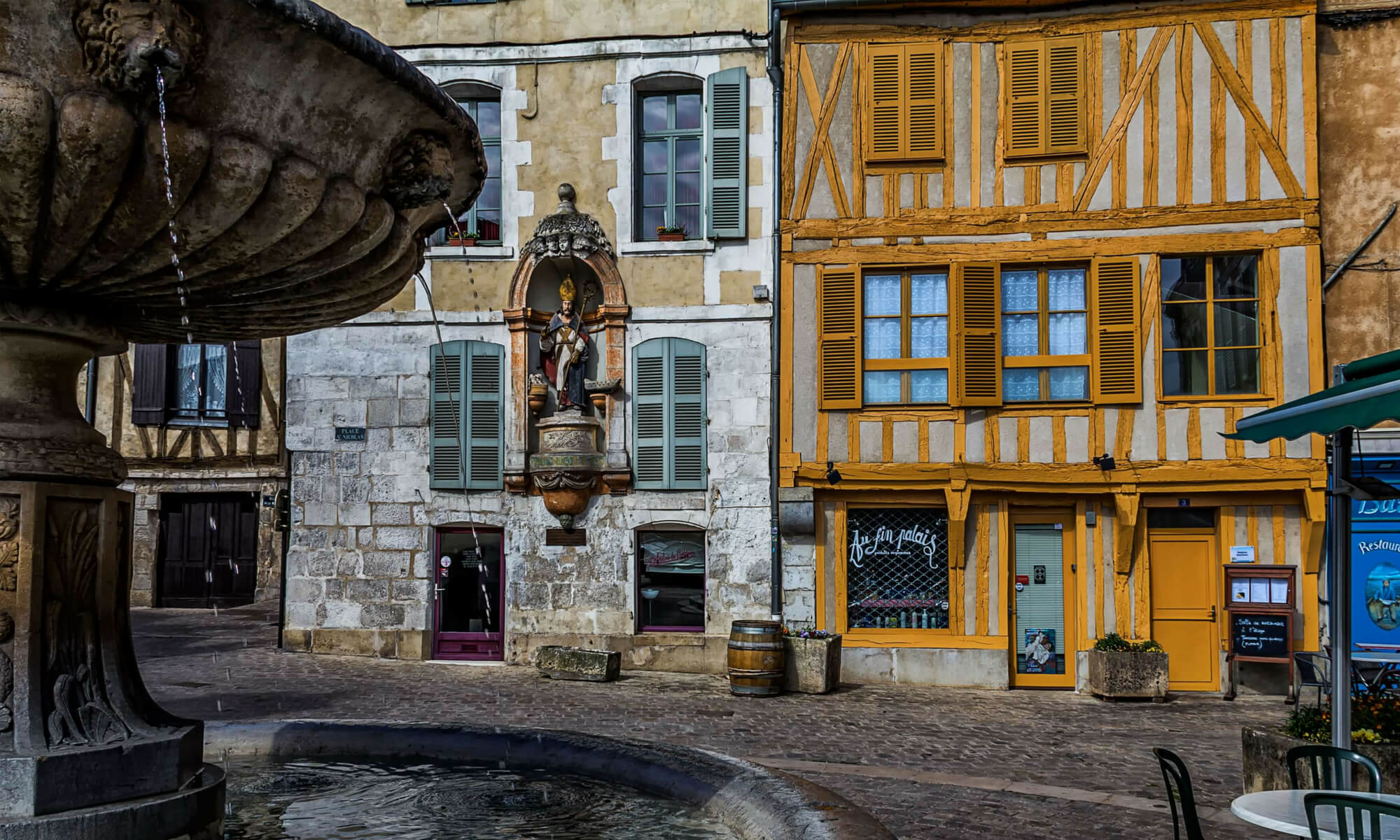
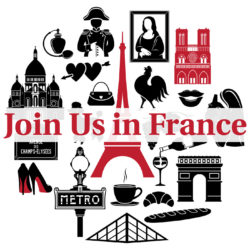
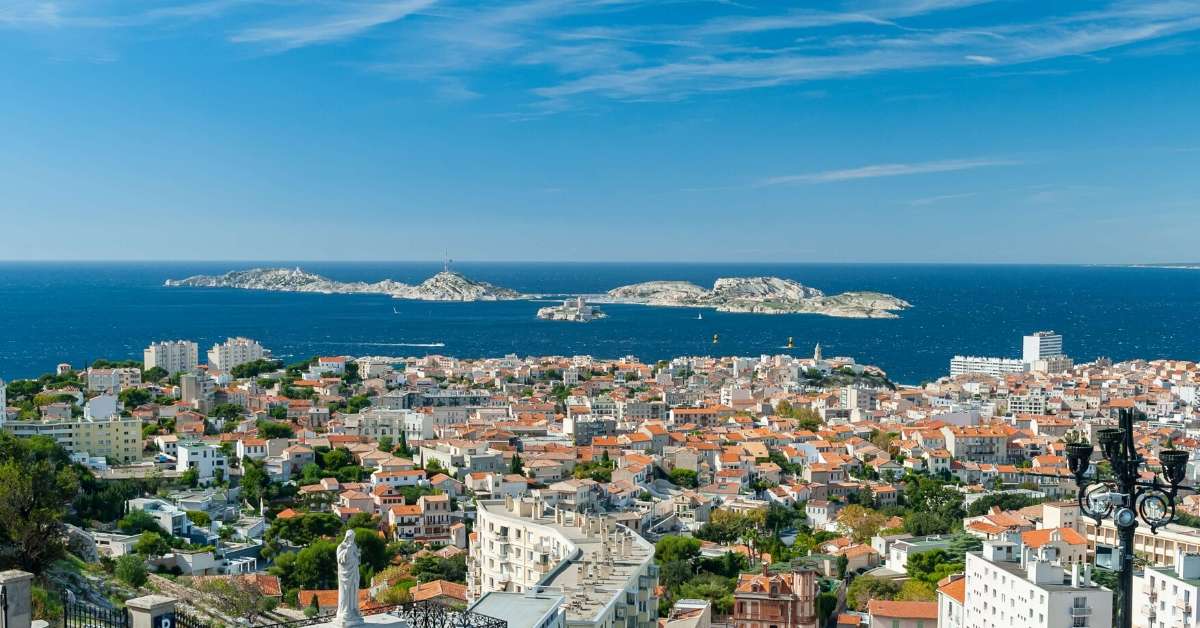
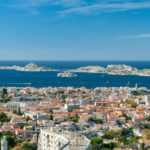
Just finished episode 37 and as usual thanks for the wonderful journey. I’d be interested if Annie could give us an example of the Marseille accent compared to the Toulouse accent (compared to the Parisian accent).
I’d like to share the following link from Google that takes the visitor on a night walk through a neighborhood in Marseille: Promenade Nocturne
Thanks for your hard work.
Hello Richard and welcome to Join Us in France! Interesting night walk, thank you for sharing. I’d never heard of those night walks. I love the sounds. I’ve sometimes wondered if I should add city background sounds like those used in this link to Join Us episodes. Thinking, thinking. I really can’t do accents, but I’ve made a note to record people with strong accents and play them on the show sometime.
Forgot another link